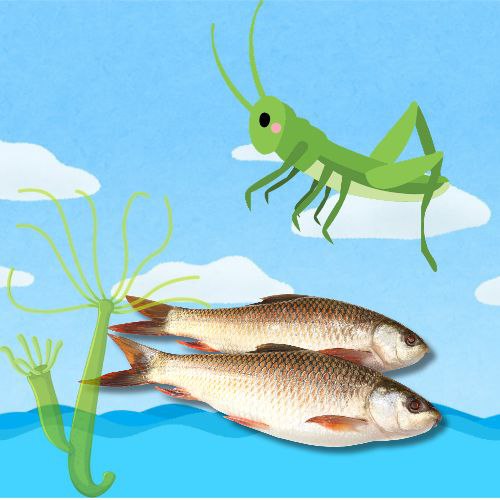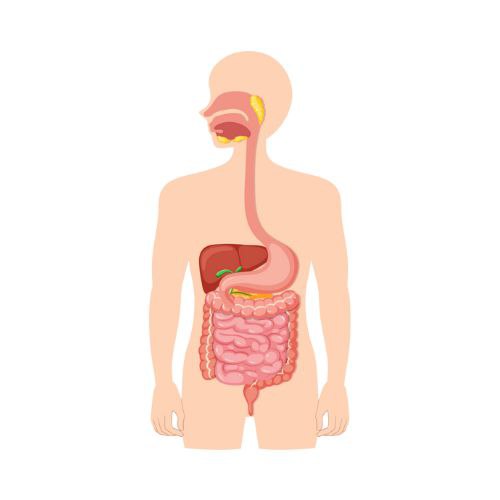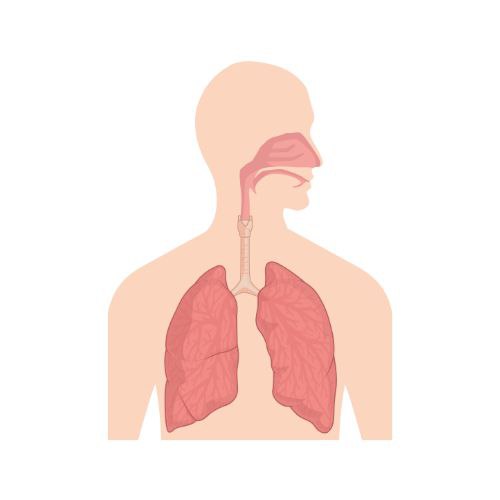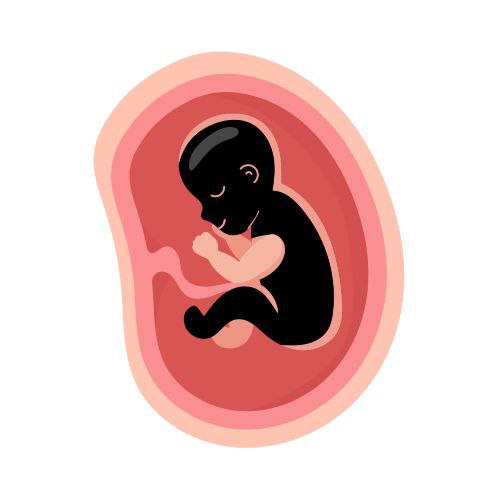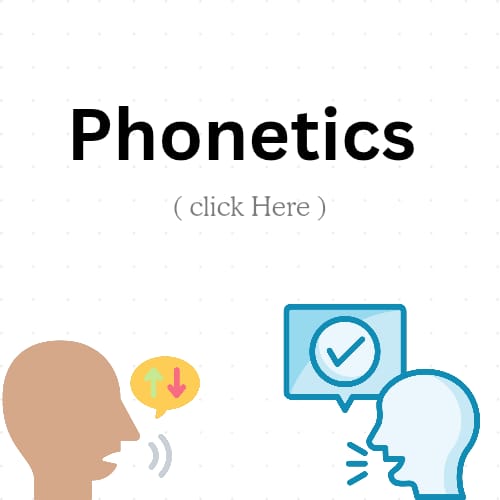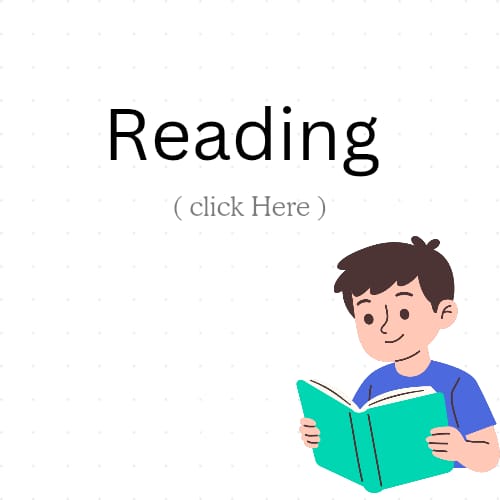VERB
Definition: A verb is a word that expresses an action, state, or occurrence. It is the heart of a sentence, conveying what the subject is doing or experiencing.
Examples:
- Action Verbs: play, write, eat, sleep, think, feel
- State Verbs: be, seem, appear, become
- Occurrence Verbs: happen, occur
Key Points:
- Verbs are essential for constructing meaningful sentences.
- They indicate the action, state, or occurrence associated with the subject.
- Every complete English sentence requires at least one verb.
- Verbs can be classified into various types based on their function and characteristics.
Different Types of Verbs
The reference text categorizes verbs into several types:
-
Principal/Main Verb:
- The verb that directly expresses the main action or state in a sentence.
- Can stand alone or be accompanied by auxiliary verbs.
- Examples:
- “He plays football.”
- “I am a boy.”
- “He goes to school regularly.”
-
Auxiliary Verb:
- Helps the main verb to express tense, voice, or mood.
- Cannot stand alone; always used with a main verb.
- Examples:
- “I am waiting here.”
- “We should obey our parents.”
-
Transitive Verb:
- Requires an object to complete its meaning.
- The action of the verb is transferred to the object.
- Examples:
- “He writes a letter.”
- “Mother loves me.”
-
Intransitive Verb:
- Does not require an object to complete its meaning.
- The action of the verb is not transferred to any object.
- Examples:
- “Fire burns.”
- “She sleeps.”
-
Linking Verbs/Copulative Verbs/Copula:
- Connect the subject to a subject complement (a noun, pronoun, or adjective) that describes or identifies the subject.
- Examples:
- “He is a boy.”
- “Honey tastes sweet.”
-
Causative Verbs:
- Expresses an action that causes someone or something else to do something.
- Examples:
- “My mother had me drink milk every day.”
- “He made me laugh.”
-
Factitive Verbs:
- Followed by an object and a complement that describes or renames the object.
- Examples:
- “They elected him captain.”
- “We consider him a friend.”
-
Cognate Verbs:
- Intransitive verbs that take their noun form as the object.
- Examples:
- “He ran a race.”
- “I dreamt a wonderful dream.”
-
Group Verbs/Phrasal Verbs:
- Consist of a verb and a preposition or adverb, creating a new meaning.
- Examples:
- “He looked up the word in the dictionary.”
- “She gave up smoking.”
-
Finite Verbs:
- Show tense, number, and person agreement with the subject.
- Examples:
- “He goes to school.”
- “They went to school.”
-
Non-finite Verbs/Verbals:
- Do not show tense, number, or person agreement.
- Include gerunds, infinitives, and participles.
- Examples:
- “I saw him coming.”
- “He likes to play cricket.”
-
Stative Verbs:
- Describe states or conditions rather than actions.
- Generally not used in continuous tenses.
- Examples:
- love, like, hate, believe, know, understand
Additional Notes:
-
The reference text also includes detailed information on:
- Gerunds, Infinitives, Participles & Verbal Nouns
- Modals
- Conjugation of Verbs
- Group Verbs
-
Understanding the different types of verbs and their functions is crucial for accurate sentence construction and comprehension.
-
Pay attention to the specific rules and exceptions associated with each verb type.
-
Practice using various verbs in different contexts to improve your fluency and expressiveness in English.
Certainly, let’s provide detailed notes on the remaining verb-related topics from the reference text.
Gerunds, Infinitives, Participles & Verbal Nouns
These are forms of verbs that function as other parts of speech, primarily nouns, adjectives, or adverbs. They are called “non-finite” verbs because they do not indicate tense or subject-verb agreement.
1. Gerund (Ving)
- Definition: A gerund is the -ing form of a verb that functions as a noun. It can be the subject, object, complement, or object of a preposition.
- Examples:
- “Swimming is good for health.” (Subject)
- “I enjoy teaching English.” (Object)
- “I am fond of singing.” (Object of a preposition)
2. Infinitive (to + VB)
- Definition: An infinitive is the base form of a verb preceded by ‘to’. It can function as a noun, adjective, or adverb.
- Examples:
- “To err is human.” (Subject)
- “He likes to play cricket.” (Object)
- “We eat to live.” (Adverb – purpose)
3. Participle
- Definition: A participle is a verb form that functions as an adjective or an adverbial phrase. There are three types:
- Present Participle (Ving): The -ing form of a verb used as an adjective or in adverbial phrases.
- “A rolling stone gathers no moss.” (Adjective)
- “Riding a horse, he went to a distant place.” (Adverbial phrase)
- Past Participle (V3): The past participle form of a verb used as an adjective or in adverbial phrases.
- “The broken window needs to be repaired.” (Adjective)
- “Exhausted from the journey, he fell asleep.” (Adverbial phrase)
- Perfect Participle (Having + V3): Indicates an action completed before another action in the sentence.
- “Having finished the book, he put it on the table.”
- Present Participle (Ving): The -ing form of a verb used as an adjective or in adverbial phrases.
4. Verbal Noun
- Definition: A verbal noun is formed by adding ‘the’ and ‘of’ to a gerund. It emphasizes the noun-like nature of the gerund.
- Examples:
- “The writing of a good letter is difficult.”
- “We went to see the launching of the ship.”
Modals
- Definition: Modal verbs are auxiliary verbs that express modality, such as ability, possibility, permission, or obligation.
- Examples:
- can, could, may, might, must, shall, should, will, would
- “I can speak English.” (Ability)
- “It might rain tomorrow.” (Possibility)
- “You may leave now.” (Permission)
- “You must obey the rules.” (Obligation)
Key Points:
- Modals are always followed by the base form of the main verb.
- They do not change form for different subjects (no -s or -es in the third person singular).
- They do not have infinitive or participle forms.
- They are used to express a variety of meanings, including:
- Ability
- Possibility
- Permission
- Obligation
- Necessity
- Advice
- Suggestion
- Request
- Offer
- Prohibition
Conjugation of Verbs
- Definition: Conjugation refers to the different forms a verb takes to indicate tense, person, number, mood, and voice.
- Types of Verbs:
- Strong/Irregular Verbs: Change their internal vowel or form to create past tense and past participle (e.g., sing – sang – sung).
- Weak/Regular Verbs: Add -ed or -d to form the past tense and past participle (e.g., walk – walked – walked).
Group Verbs/Phrasal Verbs
- Definition: Group verbs or phrasal verbs are combinations of a verb and a preposition or adverb, resulting in a new meaning that is different from the individual words.
- Examples:
- look up (search for), give up (abandon), take off (remove/depart), look after (take care of)
Key Points:
- The meaning of a phrasal verb is often idiomatic and cannot be deduced from the individual words.
- Phrasal verbs are widely used in spoken and informal English.
- They can be transitive (requiring an object) or intransitive.
- The position of the object can sometimes vary with transitive phrasal verbs.
Understanding these various verb forms and their functions is crucial for effective communication in English. By mastering these concepts, you can construct grammatically accurate and expressive sentences, conveying your intended meaning with clarity and precision.
Let me know if you have any other questions or would like more elaboration on specific aspects!














